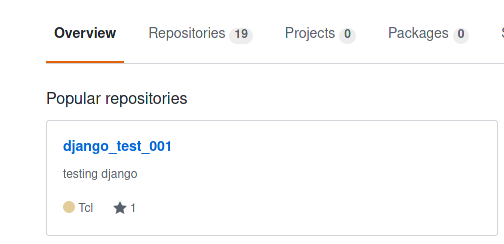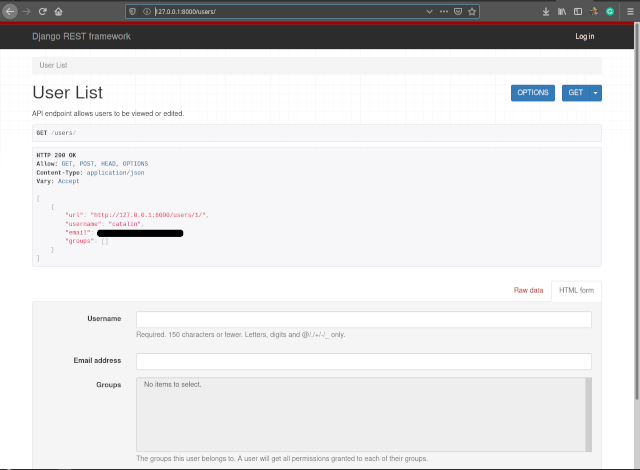This is the next generation HTTP client for Python and is named httpx.
This python package comes with a nice logo: a butterfly.
The official webpage can be found at this webpage.
The development team come with this intro:
HTTPX is a fully featured HTTP client for Python 3, which provides sync and async APIs, and support for both HTTP/1.1 and HTTP/2.
I install it on my Fedora 31 distro with the pip3 tool.
[mythcat@desk ~]$ pip3 install httpx --user
...
Successfully installed h11-0.9.0 h2-3.2.0 hpack-3.0.0 hstspreload-2020.2.15 httpx-0.11.1
hyperframe-5.2.0 rfc3986-1.3.2 sniffio-1.1.0use it as a test client for your web project, build a web spider and much more.
All HTTP methods get, post, patch, put, delete are implemented as coroutines in httpx python package and supports HTTP/2.
Let's start with few lines of source code:
[mythcat@desk ~]$ python3
Python 3.7.6 (default, Jan 30 2020, 09:44:41)
[GCC 9.2.1 20190827 (Red Hat 9.2.1-1)] on linux
Type "help", "copyright", "credits" or "license" for more information.
>>> import httpx
>>> out = httpx.get('https://www.google.com')
>>> out.status_code
200
>>> out.headers['content-type']
'text/html; charset=ISO-8859-1'
>>> out.text[:76]
'<!doctype html><html itemscope="" itemtype="http://schema.org/WebPage" lang='
>>> out.http_version
'HTTP/1.1'
>>> with httpx.Client() as client:
... out_client = client.get('https://www.google.com')
...
>>> out_client.http_version
'HTTP/1.1'I will make a tutorial about asyncio in the future.
For example, the website named example.com can return json data and using the next source code I can get it using the asyncio package.
import httpx
import asyncio
from typing import Dict
async def get_web() -> Dict:
resp = await httpx.get("https://example.com/")
if resp.status_code == httpx.codes.OK:
return resp.json()
if __name__ == '__main__':
comments = asyncio.run(get_web())The HTTPX comes with a lot of features, see the official GitHub webpage.







